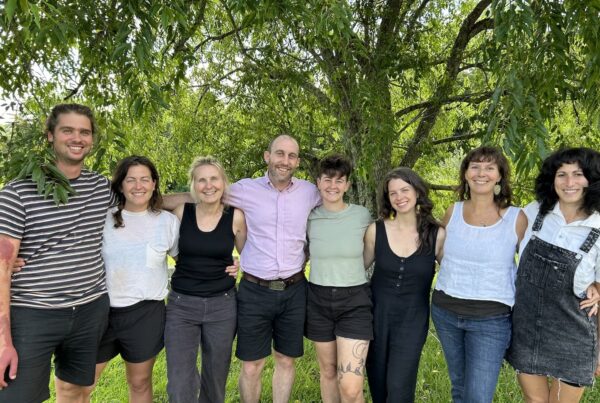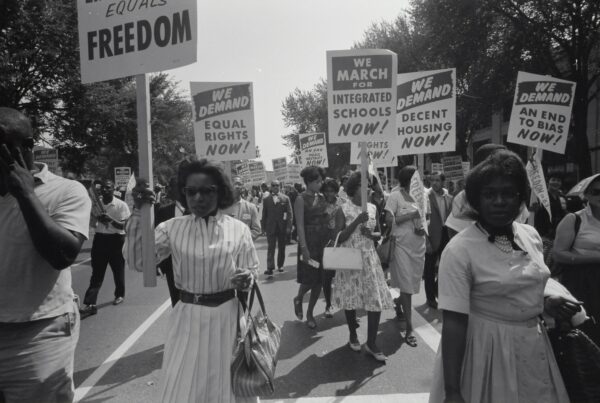“It seems to me there is something buried here, buried alive…struggling for expression.” ~ James Baldwin
“Dig anywhere. The treasure is everywhere.” ~ Jewel Mathieson
Dear Springhouse community,
We are preparing to enter our ninth year at Springhouse. What a miracle. It has taken so much to be here.
In 2015, Ezekiel, Joe, and I went to a conference in Washington D.C. to share about Springhouse with a group of educators from around the country. I still remember the look of astonishment when we told people what we were up to.. To those we shared it with, it seemed more like a dream, not something that was actually possible. How on Earth would a private school in the middle of a rural county of 15,000 people survive? And here we are thriving, and the truth is, there are still challenges. My dear mentor said to me once that this work of cultural regeneration is not a popularity contest; it’s not for the masses. It is for those who want to work diligently and patiently, starting with themselves, to create the conditions for what is “buried alive, struggling for expression” to rise.
We create those conditions through vitality-centered educational design. This kind of design includes passing down knowledge needed to foster the cultural regeneration needed at this time; fortification practices that teach us how to be vulnerable with ourselves and one another; opportunities to practice designing systems that take care of life; and systems in place to reflect on, and celebrate, growth. Knowledge, fortification, practice, and reflection in service to supporting life as it moves through a person and place. Vitality is life at its best, and to be at its best no matter what stage life is in, needs care and support.
There are several things that make this work of creating conditions for life to thrive difficult, and honestly, unpopular. First, most of us are used to a particular form of knowledge (or content) that is passed down in our schooling systems. This usually looks like siloed subjects, standardized curriculum, and testing being the primary purpose of delivering the knowledge. We often privilege what we are familiar with because it feels safer. So engaging with a curriculum that is in service to leadership and cultural regeneration is out of the norm, and therefore often, scary. We find ourselves exploring things like studying the body deeply, examining systems of power and oppression, and leaving room for joy and wonder in learning.
To create these conditions for life to thrive, we must accept pain and welcome vulnerability. Vulnerability is a landscape that many of us avoid at all costs, creating masks that hide the truth of who we are to stay protected. Dr. Brene Brown, who became well-known recently through her TED talk on vulnerability, has shed new light on how this country navigates emotional vulnerability. Brown writes, “The perception that vulnerability is weakness is the most widely accepted myth about vulnerability and the most dangerous.” Because of this collective denial of vulnerability, we do not know its profoundly transformative power, and feel far from fortified. Offering opportunities to fortify from the inside out, is risky and once again, unfamiliar. To do this in place over time in community makes the experience of vulnerability even more potent, inviting even more fully the possibility of building a sustainable, authentic life personally and collectively.
Practice doesn’t make perfect, but it does make for vital experiments when it comes to reimagining and designing culture. This year we have two teens developing and leading (with the support of committed adults) restorative justice workshops for teens to explore how to approach tension and conflict in ways that are transformative. They have spent the summer developing this program. As I heard how life giving this is for one of our staff members mentoring this project, I felt so excited thinking about the ways just one person, one of these teens, will cast seeds of care for life in all its forms, wherever they are once they move on from Springhouse. With practice comes not only vitality, but confidence.
Finally, meaningful reflection goes a long way. I can still remember some of the feedback I have received from people I trust. Being seen honestly has shaped and strengthened me. To know where we are is good medicine. To reflect while we learn and grow keeps it conscious, and celebration is only natural. I think of the staff showing up outside of a teen’s house singing, gathering around a fire and telling that teen how much they love them, the ways that they see that young person could still grow, and how that adult will support them. It’s brilliant. And it’s ancient.
This educational design is ancient, but it is not well-practiced in our culture. We know that with relevant and sacred knowledge, fortification opportunities, practice, and reflection in service to taking care of the gift of life, we can create the conditions needed for what is “buried alive”, the preciousness of the gift of life itself perhaps, to rise like a shoot from a seed. If we stick with this design, in community, in place over time, we come to know this preciousness, and we act accordingly by taking care of it.
This month was the vibrant grand opening of Springhouse Downtown; a place where many opportunities to explore this sacred life through the arts will happen. We will launch programs for adult development and self discovery very soon. Our cultural design programs, for people who want to lead the cultural regeneration (creating conditions for what is vital to emerge) needed at this time, are happening and will continue to happen. Our Day School is open for application for the 2023-2024 school year. We hope that our paths will cross with you one way or another.
Until then, only love,
Jenny



